Market Analysis
In-depth Analysis of Construction Tape Market Industry Landscape
The market dynamics of the construction tape industry are influenced by a variety of factors, reflecting the diverse applications and requirements within the construction sector. Versatile Applications in Construction: Construction tape finds versatile applications in the construction industry, ranging from sealing and bonding to marking and labeling. Its ability to adhere to various surfaces and withstand different environmental conditions contributes to its widespread use in construction projects. Increasing Emphasis on Safety: The dynamics of the construction tape market are shaped by the increasing emphasis on safety in construction sites. Reflective and high-visibility tapes play a crucial role in marking hazardous areas, guiding traffic, and enhancing visibility of potential dangers, thereby contributing to improved safety standards. Adhesive Technology Advancements: The market dynamics are significantly influenced by advancements in adhesive technologies. Innovations in adhesive formulations contribute to the development of construction tapes with enhanced bonding strength, durability, and weather resistance. These technological improvements impact the overall performance and acceptance of construction tapes in the market. Wide Range of Tape Types: Construction tape comes in various types, including duct tape, electrical tape, masking tape, and barrier tape, each designed for specific applications. The availability of a wide range of tapes tailored to different construction needs contributes to the dynamics of the market, allowing users to select tapes based on specific requirements. Sustainability Considerations: The growing focus on sustainability in the construction industry influences the market dynamics of construction tape. Manufacturers are increasingly developing tapes with eco-friendly materials and adhesives, aligning with the industry's efforts to reduce environmental impact and promote sustainable building practices. Demand for Customization and Branding: The dynamics of the construction tape market are shaped by the demand for customization and branding. Construction tapes are often used as a means of communication, with branded and customized tapes serving both functional and promotional purposes. This demand for personalized solutions contributes to market evolution. Regulatory Compliance: The market dynamics are influenced by regulatory compliance in the construction industry. Construction tapes must adhere to standards and regulations related to safety, durability, and environmental impact. Manufacturers need to ensure that their products meet these compliance requirements to gain acceptance in the market. Influence of Construction Trends: Market dynamics are closely tied to prevailing trends in the construction sector. As construction practices evolve, the demand for specific types of tapes may change. For example, the adoption of modular construction or innovative building materials may drive the need for tapes with unique adhesive properties or specialized features. E-commerce and Distribution Channels: The dynamics of the construction tape market are impacted by the rise of e-commerce and changes in distribution channels. Online platforms have become increasingly important for the sale of construction tapes, offering a convenient purchasing experience for contractors, builders, and DIY enthusiasts. Competitive Landscape: The dynamics are shaped by competition among key players in the construction tape market. Companies engage in strategies such as product innovations, mergers, acquisitions, and strategic partnerships to gain a competitive edge. The competitive landscape drives continuous improvement and innovation within the construction tape industry.

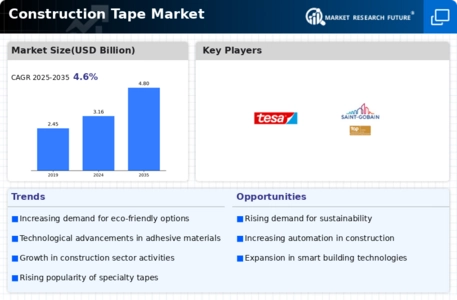


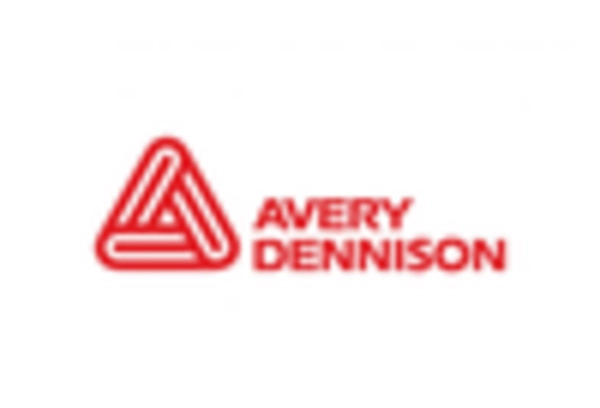
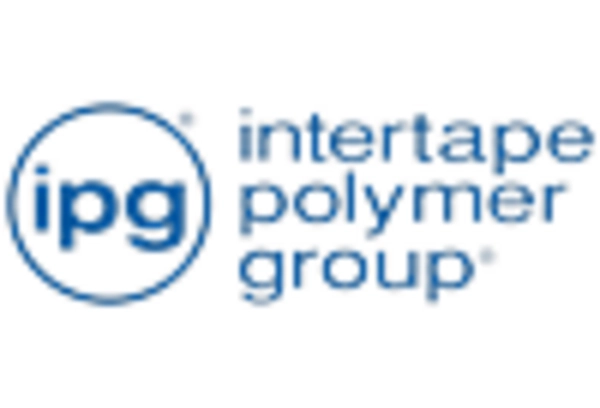
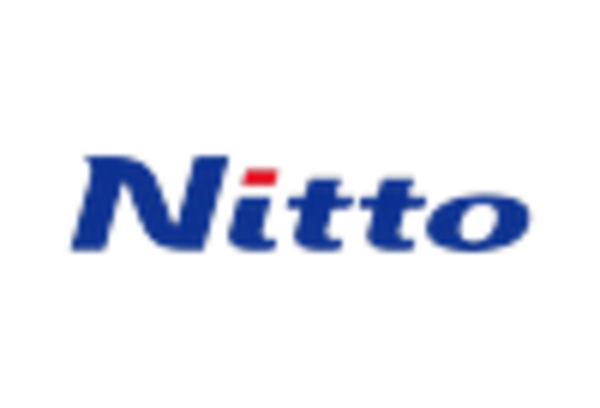

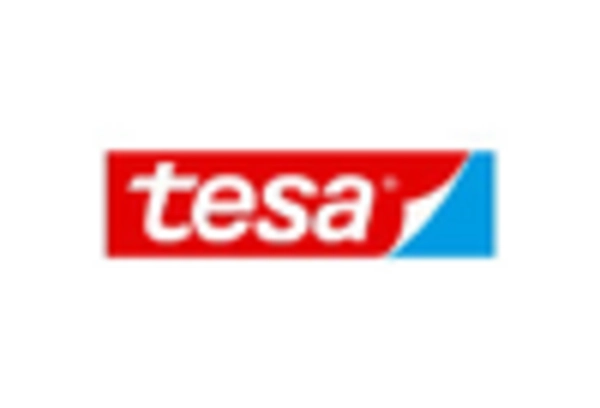

Leave a Comment